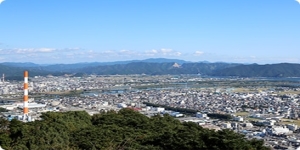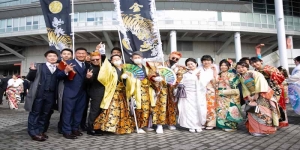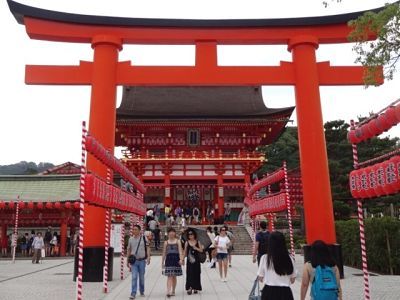
Among the best known shrine in japan, one of the more cisited and fascinating shrine, a spiritual site with shrines greater and smaller temples
connected by an incredible path of tens of thousands of Torii.
it is the main sanctuary dedicated to Kami Inari (Kami is the term to indicate a deity), located in Fushimi-ku, Kyōto.
The shrine lies at the base of a 233-meter high mountain and the path leading to the top is characterized by the presence of many small and large temples.
Inari Fushimi is known for its 10,0000 small torii (the "red" gates of the temples) that go all the way to the top of the mountain; it will takes at least 2 hours or more of walk to get to the top and enjoy a breathtaking view of Kyoto.
Along the ascent you will find many small and medium temples all connected to the cult of the fox with statues of all sizes and genres. You can also find small dining venues where you can enjoy a cup of tea, or a cup of hot sake, perfect for toning in the cold winter days!
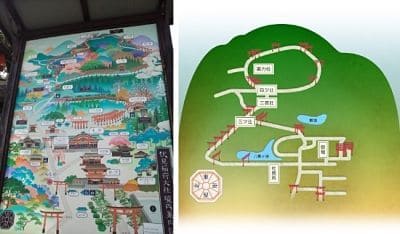
THE HISTORY :
During the first part of the Heian 平安 時代 period (between the VIII and XII century 794-1185, named after the capital of time, Heian-kyo identifiable as the present Kyōto), the temple was among the Imperial interest.
The first structures were built in 711 a.c on the hill Inariyama, in the southwest of Kyoto, but the shrine was later moved in 816 BC at the request of the monk Kūkai. In 965 a.c the Emperor Murakami decreed that the messengers brought written accounts of the nation's most important events to the Japanese guardians of Kami. These heihaku (messengers) initially presented 16 shrines, including the Fushimi Inari-taisha.
The main pavilion was devastated by the flames during the Onin wars of 1467-1477 but was rebuilt in 1499 and is in continual restoration that is still an important cultural heritage of Japan. The main entrance was donated by Toyotomi Hideoshi 豐臣秀吉 following her mother's healing. The main structure of the sanctuary was built in 1499, at the bottom of the hill there is the main gate (楼門 rōmon, "tower door") and the main sanctuary (御 本 殿 go-honden). In the middle of the mountain we have the inner sanctum (奥 宮 okumiya) accessible by a path flanked by thousands of torii. On top of the mountain there are hundreds of heaps (塚 tsuka) for private worship.
Inari's sanctuary was officially designated one of the Kanpei-taisha 官 幣 大 社, or one of the major imperial temples, according to government official subdivision and cataloging.
FEATURES:
Foxes or kitsunas, the main elements of this temple, are considered messengers and are often found in Inari sanctuaries; We usually find them in pairs: a fox has a sacred jewel in the mouth that represents God's spirit, and another has a key in the mouth (that of rice storage).
Unlike most Shinto shrines, Fushimi Inari-taisha, in harmony with the typical Inari jinja, has many statue of foxes, which are the subject of veneration.
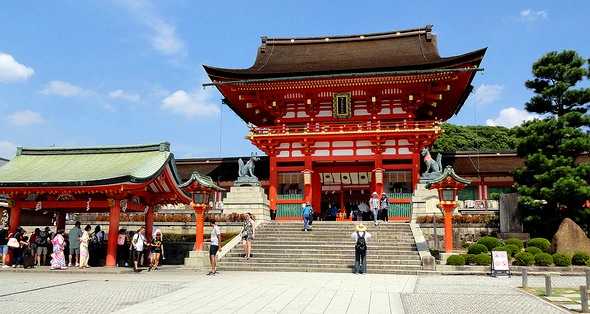
From time immemorial in Japan Inari has always been seen as the patron of business, traders and artisans traditionally worship Inari, as well as patron of agriculture, so that in June and November are celebrated very beautiful ceremonies for sowing and Rice collection.
Each of the torii at the Temple was donated by a Japanese company seeking the blessing of the Divinity for their business, and are usually replaced every 10 years. Depending on size and position, they cost from 200,000 yen to 700,000 yen; To these are added small temple-linked towers costing 2,000 yen, 5,000 yen and 10,000 yen. Depending on the position there are bulls that are replaced every 5 or 6 years and the black Kanji inscriptions that appear engraved (small or large) indicate the name of the company that made the offer (in the end a kind of small advertisement) .

The faith of the people in the temple as the seat of the Divinity for prosperity has never dropped into the Japanese people, and still today is the seat of pilgrimage. The Temple in the key periods of the year as in the New Year (Hatsumode) or at festivities such as Hatsuuma (the first day of the horse) in February, the Inari festival of May 3 and Hitaki's 8th November, is crowded by curious and faithful.
Every year on June 10, the seminary ceremony (or rather transplant the rice plant) is celebrated in the ground connected to the Main Temple. While another November sacred ceremony was held on November 8th, continuing the cultivation cycle blessed by the divinities that protect Japan.







 English (United Kingdom)
English (United Kingdom)  Italiano (it-IT)
Italiano (it-IT) 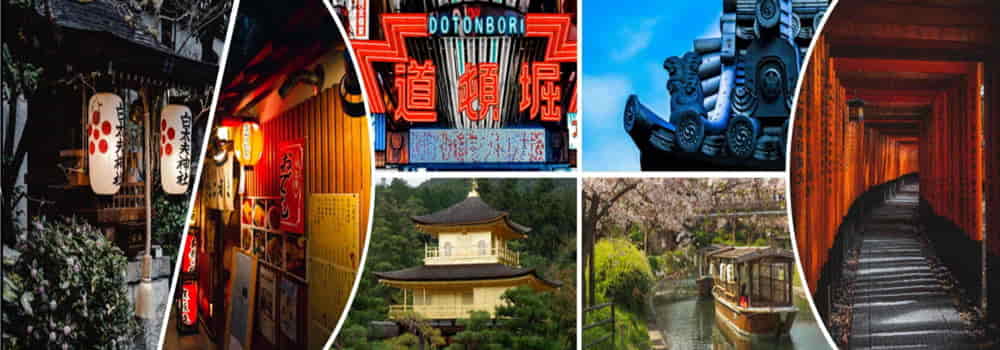
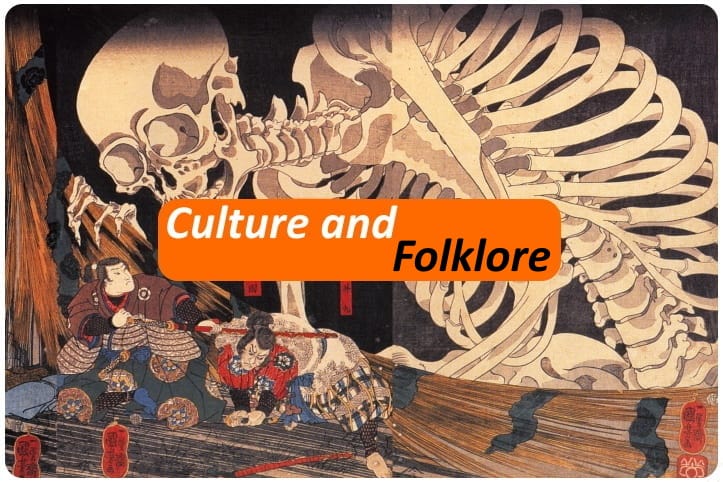





![[Review] Princess Toyotomiプリンセス トヨトミ](https://www.fukainihon.org//cache/mod_jt_contentslider/fdfb524f85518b9476158c79c8ea022f_328.png)
